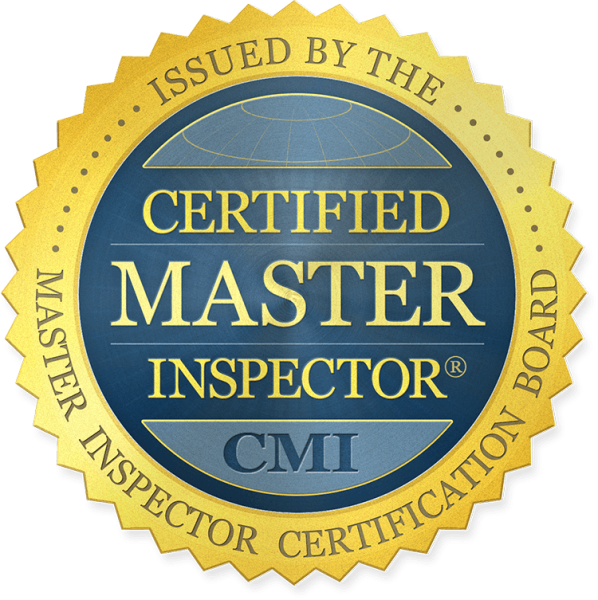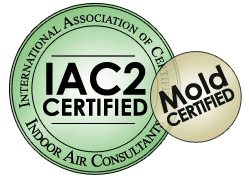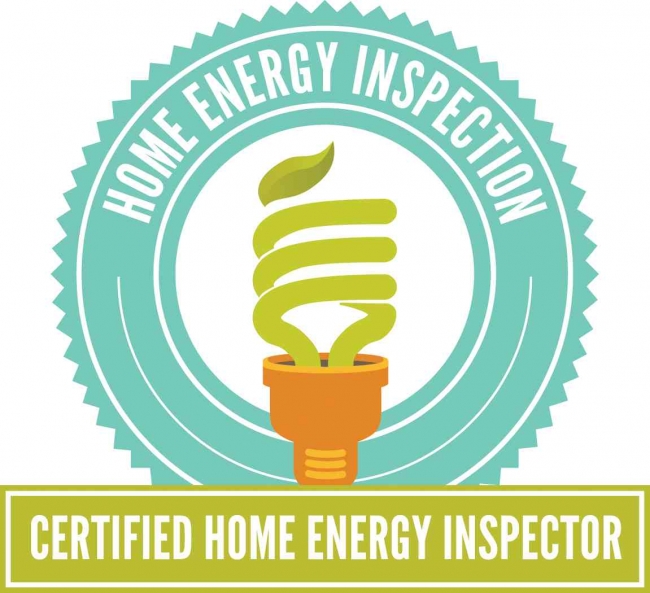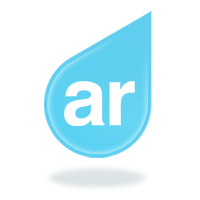TPR VALVE
The TPR Valve
What is a TPR Valve and why do you need one? The TPR Valve, which stands for Temperature/Pressure Relief Valve is required by Plumbing Codes and is necessary for the safety of you, your loved ones, your pets, and your belongings. As a Charleston Home Inspector, the TPR Valve is part of my Charleston Home Inspection. The valve’s main purpose is to relieve pressure from building too high in the tank. Once the pressure (or temperature) reaches an unsafe level in the tank, the valve relieves the pressure to prevent the tank from actually exploding. Many homeowners believe that if their water tank is not gas, it cannot explode. Even an electric hot water tank can explode with enough force to kill people or severely damage property. Such a tragedy occurred at Starr Elementary School in Spencer, Oklahoma on January, 9th, 1982. A faulty TPR Valve allowed pressure to build up in a water tank which exploded , killing 6 children and 1 teacher. Authorities claimed the explosion was equivalent to two pounds of dynamite. Though this was a gas water heater, it wasn’t the gas that was deadly, but the pressure inside the tank. Homeowners seldom check this valve as part of routine maintenance, but it would be wise to do so. Home Inspectors are not required to operate the safety valve, but a Certified Home Inspector will check its presence and the conditions. When performing home inspections in Charleston, or the surrounding areas, the most common problems with the TPR Valve are:
(1) Improperly sized discharge pipe. The discharge pipe should be the same size as the valve fitting, (3/4) so as not to restrict the flow of pressurized water from freely flowing. This bottlenecking effect could allow even more pressure to build up, causing a severe explosion.
(2) Missing overflow pipe. This is probably the most common defect I have reported during a Charleston Home Inspection. The tanks do not come with the extension pipe, and some do not even come with the TPR Valve. Many do-it-yourselfers simply pick up a replacement tank at the store and install it with no concern for the TPR Valve or overflow pipe. With no extension pipe, the valve can discharge 210 degree water at 150 psi directly at your face or other body part. The pipe should be copper, CPVC, or galvanized. PVC pipe is not allowed because it would melt at the extreme discharge temperature.

(3) Improper Termination- The extension pipe should terminate 6 to 8 inches off the floor. This gives the pressurized water an air gap before hitting the floor. Many handymen will drill a hole in the floor and terminate the pipe through the floor in a crawlspace. The theory is that if the valve does operate, the water will spill into the crawlspace instead of making a mess on the floor. This is true, but it also could prevent the homeowner’s discovery of a problem. Some of these valves will begin failing by small leaks, and if those leaks go undetected, complete failure would occur before anyone could prevent it. The pipe should be relatively straight, without elbows or sharp bends, which could impede water flow. The following is an example of #1 and #3, and also the wrong material as described in #2. The pipe is threaded into ½ PVC, makes a few 90 degree bends, then discharges into a sump pit. The homeowner would never know if the valve discharged, unless it melted or blew apart the PVC pipe, which would not be good either.


If your chosen home inspector is certified, he should check on and report on any of the above conditions. If he is not certified, then he is not qualified, and should not be allowed to inspect your property. The inspectors at Inspection Connection are qualified, certified, and committed to doing things right, first time, one time, everytime. Always.
![]()










